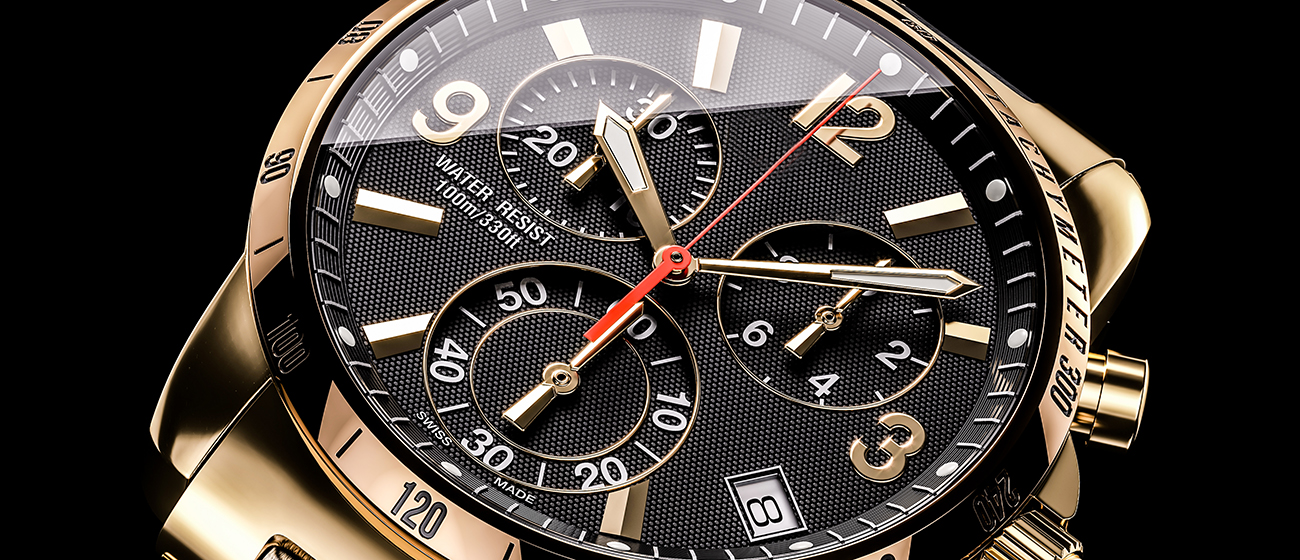It’s a simple question that needs to be asked more frequently…
Too often events are done out of habit or tradition, resulting in the original strategy becoming diluted year-on-year and the conference no longer being fit for purpose.

“We’ve always done it that way” – the famously frustrating response to the word that should be used repeatedly at the initial planning stages of any project: Why. In fact businesses would actually benefit from having a mischievous toddler in the room who responds to every answer with ‘yeah, but why?’. This is because it would force norms to be questioned and for new, potentially more effective, solutions to be explored.
It would also allow for the experience to be perceived through a broader lens. All too often events are seen as separate, one-off entities and aren’t thought about as part of a broader company strategy or campaign. Imagine a consistent message and DNA being seen and felt in everything a business says and does, from consumer TV spots all the way through to intimate team retreats.
This often doesn’t occur because different departments work in silos. And while marketing may have evolved their messaging in one direction, HR may have adopted a new internal comms strategy in another direction – meanwhile events have been replicating the same template that was successful years ago when the business was steering in an entirely different direction.
But while this may seem like a complex and tangled web within a matrix structure of departments, the solution is actually very simple…
Adopt the toddler mindset. Why is this conference or brand activation taking place? What is the story that needs to be told?
If this becomes the starting point, instead of using the previous year’s blueprint, then everything built from the foundations will become more aligned to the business’ wider ambitions.
If a company’s B2B client networking event is singing from the same hymn sheet as their B2C advertising campaign, then brand positioning will be boosted. Imagine a delegate leaving a conference and then seeing an advert on the side of a bus that echoes what they have just heard on stage. That should be the level of cohesion every event aims for.

